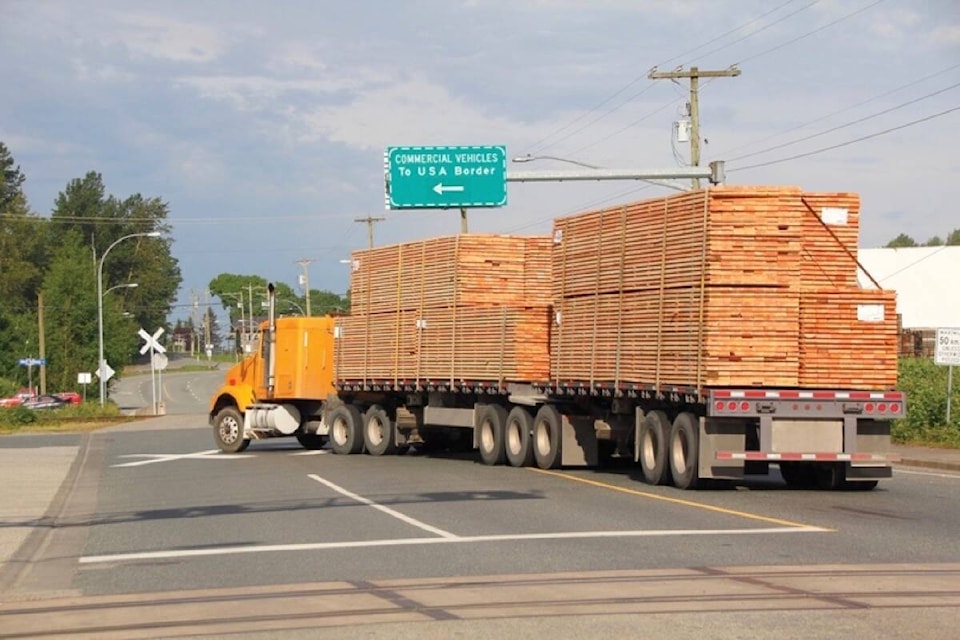B.C.тАЩs producers of wood fencing, decking, flooring, window frames and other specialty products depend heavily on old-growth timber because of its strength and durability, and that supply is running out quickly, the Truck Loggers Association convention heard Thursday.
Brian Menzies, executive director of the Independent Wood Producers Association, spoke to a panel at the virtual convention Jan. 13, warning that many of the industryтАЩs 16,000 direct jobs with 600 small and medium manufacturers are threatened by the B.C. governmentтАЩs aggressive move to defer logging on up to 2.6 million hectares of designated old-growth forests. He said itтАЩs not a question of converting his industry to second-growth wood, because half of the products B.C. sells for home construction canтАЩt be made with it.
тАЬWeтАЩre talking months until weтАЩre running out,тАЭ Menzies said, adding that most value-added producers have no timber licences and must buy wood on the open market. He said modern substitutes donтАЩt sell to premium customers, who will find other sources of fine wood products. тАЬIтАЩm not great on grinding up a tree, covering it with plastic and calling it decking.тАЭ
Also speaking to TLA convention were Garry Merkel, a forester who co-chaired the provinceтАЩs old growth strategic review, and Don Wright, Premier John HorganтАЩs former deputy minister. After decades of B.C. premiers and forest ministers addressing the annual convention, the government sent assistant deputy forests minister David Muter to defend a sweeping forest policy change that has prompted the industry to warn of dire consequences for jobs and rural communities.
Muter outlined the slow progress so far in consulting with more than 200 Indigenous groups on which proposed old growth areas they want to preserve, and indicated it could take more than the two years set out by the province to finalize areas.
Wright, who retired from government service at the end of 2020, said HorganтАЩs 2019 call to the Council of Forest Industries to share Crown timber resources with Indigenous communities and smaller producers didnтАЩt get the results they wanted. Major forest companies were тАЬtoo timid and too slow in making that happen,тАЭ after decades of moving the other direction with consolidation of the industry into a few big players, Wright said.
RELATED:
RELATED:
Wright acknowledged that a growing, urbanized population disconnected from the forest industry, and a network of environmental activists demanding change, pushed government to move quickly. He showed economic data confirming that forest, mining and other resource industries remain much more important to well-paying jobs and government revenues than technology, movies and tourism, but many urban people believe B.C. doesnтАЩt need a forest industry any more.
тАЬI think this is dead wrong, and itтАЩs necessary for the industry to challenge this,тАЭ Wright said.
Stewart Muir, executive director of Resource Works Society, described how sophisticated environmental organizations тАЬsnookeredтАЭ the NDP government into moving too fast with inaccurate information about old-growth forests dwindling to a tiny fraction of their size. His findings, including hundreds of pages of internal government documents obtained through freedom of information requests, are detailed in the latest edition of .
tfletcher@blackpress.ca
Like us on and follow us on .


